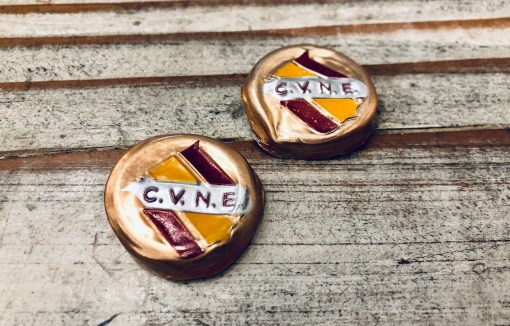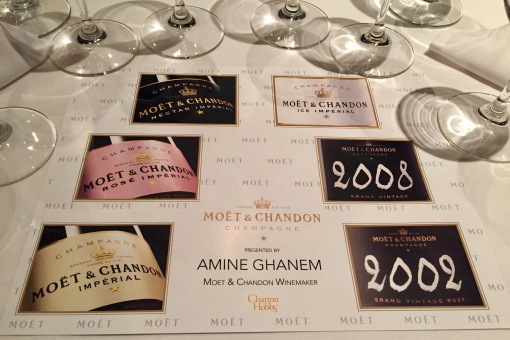By Peter Vetsch
[These bottles were provided as samples for review purposes.]
This is a belated sequel to my introductory post from last November about the marvellous wines and history of Cune, the Riojan benchmark producer melding the traditional and the modern into perfect balance. Since that post predated Wine Advent and then Vinebox, it’s about 40 posts back on the PnP timeline, and even though it’s only 3 months old it feels like 30. Perhaps it has aged enough then to allow to slip in a slight correction. I mentioned way back in 2018 that the Cune brand was made up of 3 different physical wineries and brands, each with their own winemaker: Cune itself, Vina Real and Contino. I also mentioned that the Cune brand “also encompasses the higher-level Imperial bottlings, made only in very good years”. This is ALMOST entirely true: the wines of Imperial have been made since 1920, only in great vintages, using Cune’s oldest vineyards in Rioja Alta and selected nearby old-vine sites. Imperial is also still made by Cune’s winemaker, although the label only releases a Reserva and a Gran Reserva red wine, leaving the Crianzas and the whites to the others. However, further research reveals that, as of 2005, Imperial has its own separate winemaking premises on the Cune property, as outlined in this highly confusing official graphic; it is now a winery-within-a-winery, its own bricks-and-mortar space. The 3 Cune wineries are actually 4.

Imperial is a focused and quality-driven enterprise, producing around 200,000 bottles in the vintages good enough to merit its creation, in contrast to Cune’s 5 million. As of 2004, all fermentations now take place in new oak barrels, as a back-to-the-future nod to history — the Imperials of the pre-1940s were all produced in this fashion, and after decades of dalliances with first concrete, then steel, Cune made the very Riojan determination that sometimes the old ways really are best and went back to its roots. The winery name comes from a unique historical bottling release for the UK market, the “Imperial pint” size (which is roughly 500mL, a highly underrated and remarkably useful size for a bottle of wine that we should see more of nowadays). The Imperial brand made more recent history when its 2004 Gran Reserva, an utterly spectacular wine that it pains me to say I have no more of, was named the Wine Spectator Wine Of The Year in 2013, the first such global pinnacle designation for a Spanish wine. If you ever have the chance to acquaint yourself with the Imperial lineup, do not hesitate. The current releases continue to showcase the magnificent pedigree of the estate. Read the rest of this entry »



